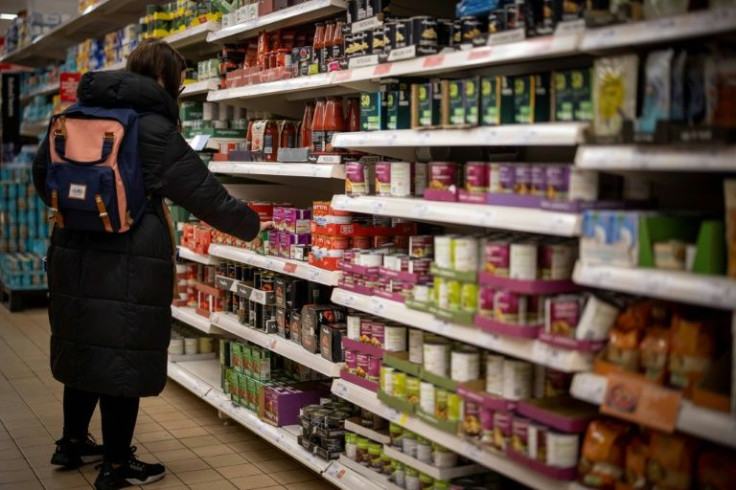Food And Energy Inflation Is Catching Up With Discount Retailers

Higher food and energy prices that have helped push the U.S. inflation rate to a 40-year high are beginning to catch up with discount retailers, hurting sales and profits.
This week, discount retailer Ollie's Bargain Outlet reported a 2% drop in net sales for the fourth quarter of 2021 and a 3.1% drop for the full fiscal year. Comparable-store sales dropped 10.5% for the quarter and 11.1% for the year. Operating income decreased 32.1% for the quarter and 26.3% for the year.
Ollie’s disappointing financial results come after a FactSet survey showed that inflation is catching up with Wall Street and has a mixed impact on the financials of listed companies. On one side, inflation has a negligible effect on service companies, which aren’t as affected by materials and transportation costs. On the other side, it significantly affects companies that produce and sell commodity products, which are affected by materials and transportation costs.
Inflation hurts companies that sell discretionary non-brand-name products in two ways. It affects their sales, as low-income consumers have little money left to buy non-discretionary items after paying for food and energy, which are non-discretionary. It affects their ability to hike prices and pass on the higher costs to consumers, squeezing profit margins.
Ollie’s Bargain Outlet falls in this category. Thus, the big hit to the company’s sales and margins.
The decline in OLLI’s year-over-year sales is too big to be explained by inflation only. Something else must be at play, like the strategy the company has been pursuing in dealing with inflation. At least that’s what Quo Vadis President John Zolidis, a longtime follower of the company, believes to be the case.
“The first rule of running a discount retailer is to provide value to customers,” he said. “Yet, OLLI has raised prices and markups in nine of the past 10 quarters. Another item that affects the customer experience is service in the stores. We estimate that labor hours per average store are down ... over the past three years.”
That’s why Zolidis thinks the company is losing customers.
“Using the loyalty program data, we calculate that year-end 2021 loyalty program members per average store are down [year over year] and vs. pre-pandemic levels,” Zolids explains. “OLLI has completely squandered its pandemic opportunity to capture incremental customers. It is possible that OLLI stores have never grown customers [based on data we have to 2016].”
He has a sell recommendation on the company.
However, John Swygert, president and CEO of Ollie's, is bullish on the future of the company.
“Looking ahead, we are excited to celebrate our 40th anniversary and have several special events planned to recognize this milestone. We are also pleased to announce that for the first time in our company’s history, we are launching a store remodel program, which we expect will improve our customers’ shopping experience and drive higher sales. We remain highly confident in our business model and expect to see trends improve as we move through the second half of the year, positioning us to return to our long-term algorithm.”
Provided that food and energy inflation taper off, the company gets its business model right and customers return to its cash registers.
© Copyright IBTimes 2024. All rights reserved.






















